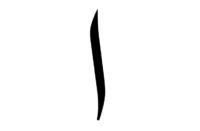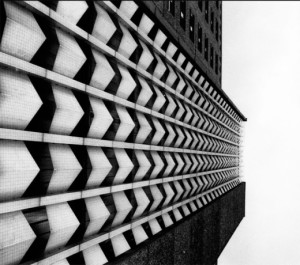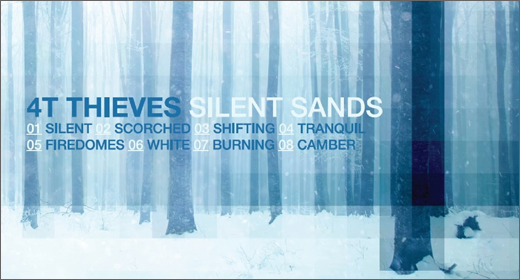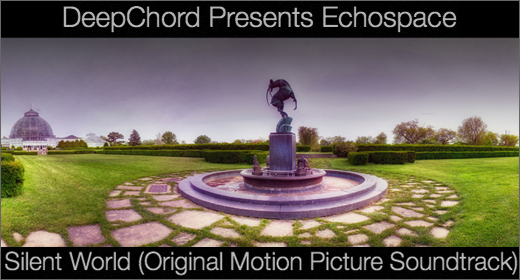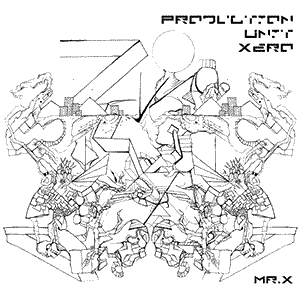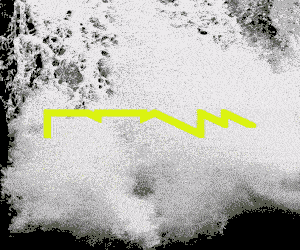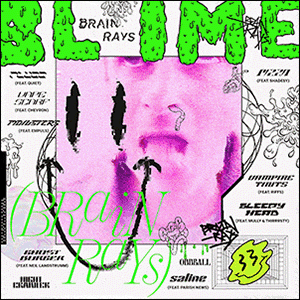Silent Harbour is consummately realized through Bunnik’s opening up of his sound engineering savvy to a spirit of enquiry that subsumes the structure-strictures of techno, dub and electronica to soundscape aperture.
Dutch producer Boris Bunnik has been purveying dubby Detroit-inflected techno long enough to establish something of a reputation as a quality practitioner. A raft of releases on respected techno/house labels like Delsin, Rush Hour, and Curle have come from the artist known as Conforce (aka Versalife, K2vx, Mi-24, and Vernon Felicity). Here he sees fit to don a new alias—appropriately so, for what is no simple techno/house reheat. Silent Harbour is another music from a different kitchen, moving beyond the floor to “explore more cerebral and conceptual sounds.” The black-and-white geometry of the album cover points to the change of tenor—art, design, a certain abstraction, Danish dub techno label, Echocord giving Bunnik licence to indulge a more expansive voice previously only hinted at (e.g. “Evolvement” from the bonus 12″ to Escapism) to create “music for an imaginary deep mental abstract excursion.”
The conceptual focus on “isolation, deep-sea submersion, […] aquatic environments” doesn’t in fact efface Bunnik’s techno past, but rather sublimates it in a freeplay of forms across stylistic paradigms of techno and dub, electronica and IDM, drone and ambient soundscaping. Clouding techno structures in freer-floating atmospheres is nothing new, of course, as the likes of Demdike Stare and Actress have notably shown. But Silent Harbour’s sound is distinct, with none of the former’s library-fixated sampledelia or the latter’s out-there experimentalism. Throughout 4/4 is alluded to, but percussion is rendered another texture, spaces in between filled with whorls of treacly synth drift and modulated noise. This “non-linear techno,” as Bunnik calls it, is a controlled exercise in tweaked genre templates via arrangements of constant flux—forays into unquiet ambient wormholes, beats that flirt with but don’t establish base/bass camp, ceding instead to amniotic submersions teeming with pulse and atmo. “Aquatic Movement” sets the tone, cold machine bass crawl abstracted from Conforce-fed dub-techno, shot through with timelapse beat shards, infused with sunken Detroit dream smears. On beat-driven tracks like “Geometry” percussion is as much texture as rhythm, though more pronounced on tracks like “Metaphysical Storm” whose thrumming sub-bass pulse adds to its mounting tension. One of the headiest exhibits of the Silent Harbour hybrid is “Saltwater Intrusion,” a queasy miasma of corroding tones in a drowned world of drones, insectile clicks, and aqueous pops through which a bloodless beat stalks in and out. “Cascade” ups the tempo, much of its detail veiled behind a tectonic plate shift of fractured funk junk and factory noise, sub-dub bass, skittering percussives, and dark pads suffused with undercurrents in dark waters, the whole shrouded in fathoms-deep reverb.
Overall, Silent Harbour is consummately realized through Bunnik’s opening up of his sound engineering savvy to a spirit of enquiry that subsumes the structure-strictures of techno, dub and electronica to soundscape aperture. Though undeniably a highly stylized exercise, each track replete with heavily constructed atmospherics, Silent Harbour succeeds in reaching parts other techno operators cannot reach.






